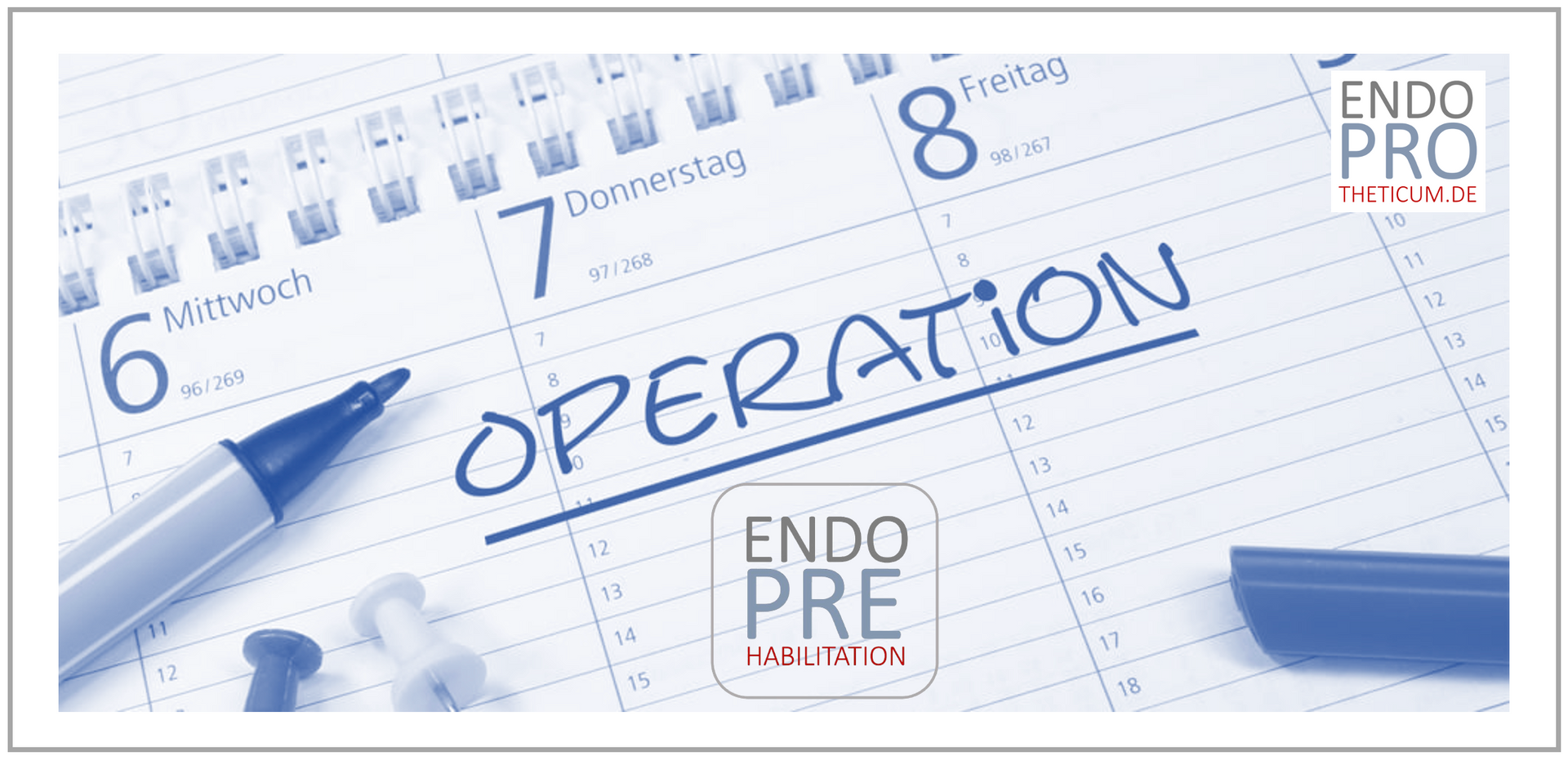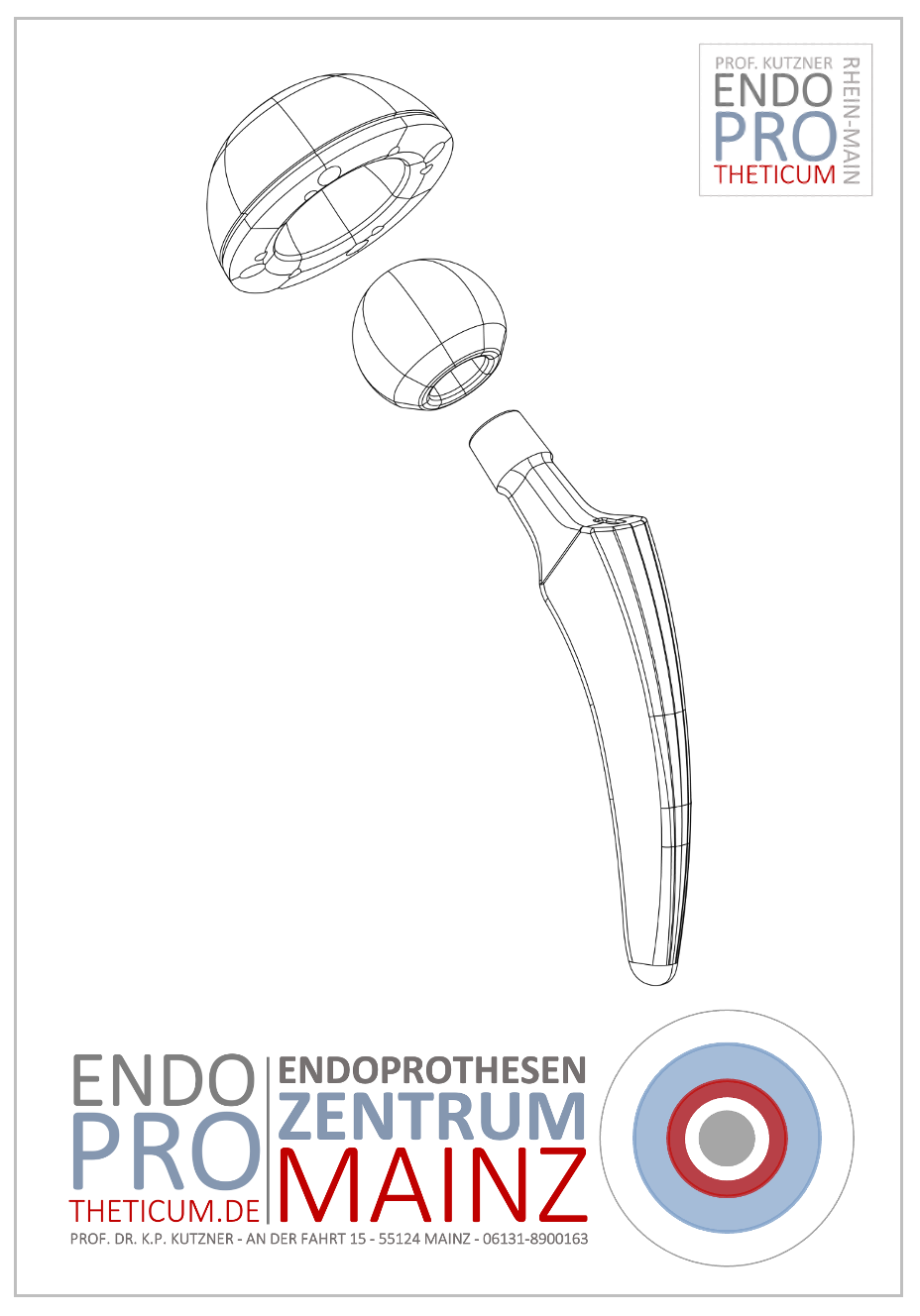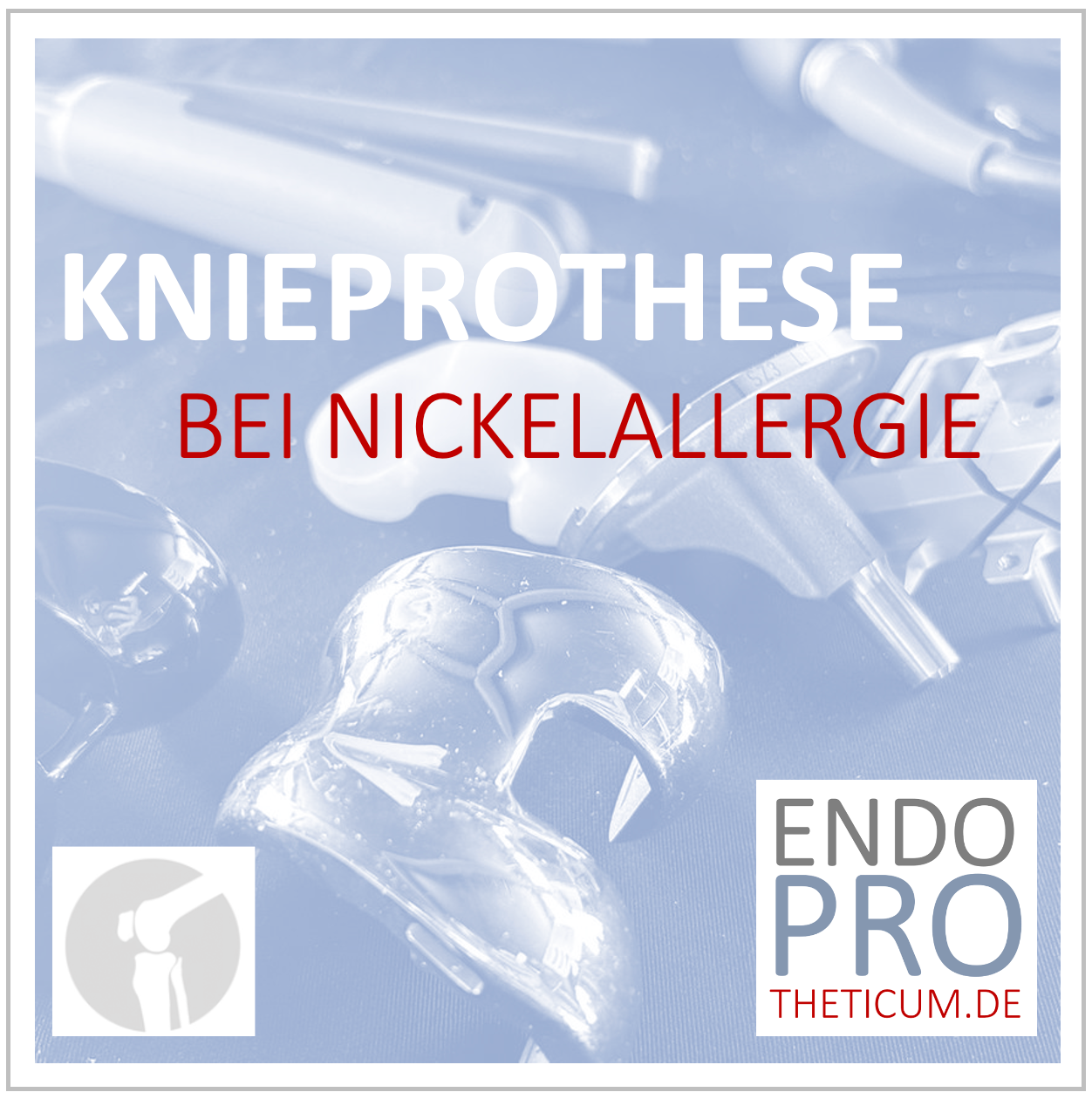Autologous blood therapy for osteoarthritis - ACP and PRP for joint pain
Can autologous blood therapy help me with osteoarthritis?

Autologous blood therapy, known as ACP (Autologous Conditioned Plasma) or PRP (Platelet-Rich Plasma), uses the body's own regenerative powers to relieve joint pain caused by osteoarthritis, especially in the knee. This therapy is gaining popularity because it can reduce the inflammatory stimulus and relieve pain in osteoarthritis without the side effects of conventional medications. This article highlights the scientific basis, benefits and limitations of ACP and PRP treatment.
1. Basics of autologous blood therapy: ACP and PRP
In ACP/PRP therapy, a small amount of blood is taken, processed and the platelet-rich portion is injected into the affected joint. The growth factors concentrated in the plasma promote the healing of cartilage and connective tissue. This method is particularly used for osteoarthritis in the knee and other large joints, where the anti-inflammatory and regenerative effects are particularly effective.
2. Possible uses and successes in the knee joint
ACP and PRP are particularly effective in mild to moderate osteoarthritis of the knee joint. Studies and experiences show that the therapy reduces pain, improves mobility and relieves swelling caused by inflammation. ACP can serve as an alternative or supplement to cortisone injections and painkillers to specifically treat inflammatory reactions.
3. Treatment process and typical dosages
A standard treatment plan usually consists of a series of three to five injections every week. The procedure is simple and can be carried out in a doctor's office. After blood is drawn, the plasma is prepared and injected. Side effects are rare because only the body's own material is used, minimizing the risk of allergic reactions.
4. Differences between ACP and PRP
Although both treatments are based on the same technology, they vary in their platelet content. ACP concentrates the platelets less than PRP, which is a gentle alternative for mild joint pain and osteoarthritis. The choice between the two depends on individual needs and pain intensity.
How does ACP work?
The way ACP (Autologous Conditioned Plasma) therapy works is based on the use of the body's own blood components, which trigger regenerative processes and support healing in arthritic or injured joints. ACP therapy works through the following mechanisms:
1. Increase in growth factor concentration
In ACP therapy, the patient's blood is centrifuged to separate the platelets and plasma from the red blood cells. These concentrated platelets contain high numbers of growth factors (e.g. PDGF, VEGF and TGF-β) that are injected into the affected joint. These growth factors promote cell proliferation, which stimulates tissue repair and the formation of new cartilage cells.
2. Anti-inflammatory effect
Growth factors in ACP help modulate inflammatory responses. ACP can suppress the release of pro-inflammatory cytokines (such as TNF-alpha and interleukin-1), which contribute to pain and inflammation in osteoarthritis. The reduction of these inflammatory mediators provides pain relief and slows the arthritic destruction of cartilage tissue.
3. Stimulating collagen production
The platelets contained in ACP stimulate collagen production in cartilage tissue. Collagen is an important component of cartilage and contributes to the strength and flexibility of the tissue. By promoting collagen synthesis, the cartilage tissue becomes more stable and resistant to stress.
4. Increase in cartilage cell activity
The growth factors in ACP promote the activity of cartilage cells, which contributes to the maintenance and regeneration of damaged tissue. This is particularly important in degenerative joint diseases such as osteoarthritis, where cartilage cell activity decreases as the disease progresses.
5. Promote tissue repair
The combination of the above effects promotes overall tissue repair. The increased cell proliferation, collagen production and the anti-inflammatory effect ensure that damaged tissue regenerates more quickly. However, this is a supporting effect; ACP cannot completely compensate for cartilage loss, but it can slow the progression of osteoarthritis and relieve discomfort.
These mechanisms make ACP a promising treatment method for osteoarthritis of the knee and other large joints, especially for mild to moderately advanced osteoarthritis. The way it works depends on the stimulation of the body's natural healing powers and is therefore particularly gentle and low-risk.
How does PRP work?
PRP (Platelet-Rich Plasma) therapy uses the properties of thrombocytes (blood platelets) and growth factors from your own blood to support healing processes and relieve joint pain, such as osteoarthritis. The way PRP works is based on several important mechanisms:
1. Concentrated growth factors for regeneration
PRP is a particularly concentrated mixture of platelets enriched with a high number of growth factors. These growth factors, such as PDGF (Platelet-Derived Growth Factor), EGF (Epidermal Growth Factor) and TGF-β (Transforming Growth Factor-Beta), promote cell proliferation and the formation of new tissues. They stimulate the growth of cartilage cells and contribute to the regeneration of damaged joint structures, especially in degenerative changes such as osteoarthritis
2. Stimulating collagen production
PRP promotes the production of collagen, an important component of cartilage tissue that supports the stability and flexibility of the tissue. The increased collagen synthesis helps the cartilage become more resilient to stress, which is essential for the stability and function of the joint.
3. Modulation of the inflammatory response
PRP helps control inflammatory processes. The platelets release anti-inflammatory molecules that suppress the production of pro-inflammatory cytokines (such as IL-1 and TNF-alpha). This anti-inflammatory effect can reduce the pain of osteoarthritis and slow the progression of the disease, which is particularly helpful for patients with chronic inflammation.
4. Promote cell migration and angiogenesis
Growth factors in PRP promote cell migration and angiogenesis (formation of new blood vessels). This improves the supply of nutrients and oxygen to the cartilage and adjacent tissues. Especially in joints such as the knee, which has limited blood circulation, improved blood supply can stimulate healing processes and contribute to faster regeneration.
5. Stimulate cartilage cell proliferation
PRP also contains bioactivators that stimulate cartilage cells to divide and produce healthy cartilage tissue. Since osteoarthritis is often accompanied by a loss of functional cartilage, this effect of PRP treatment can slow the progression of osteoarthritis and help reduce pain.
6. Structural support and protection of the joint
In the case of osteoarthritis in the knee, PRP ensures that the affected joint becomes more stable and less susceptible to microtrauma caused by everyday stress. It therefore protects against further damage and creates an environment that supports the long-term functionality of the joint.
PRP therapy is a minimally invasive form of treatment that is particularly suitable for patients with mild to moderate osteoarthritis symptoms. It is very safe because only the body's own substances are used and is therefore low-risk in terms of allergic reactions and infections.
Limits and risks of autologous blood therapy
ACP/PRP therapy is not a miracle cure and is not suitable for every patient. In the case of severe cartilage damage or advanced osteoarthritis, success is limited because the treatment cannot completely regenerate the tissue. Patients should have realistic expectations and consider autohemotherapy as part of a comprehensive treatment plan.
MAKE AN APPOINTMENT?
You are welcome to make an appointment either by phone or online .



























